- Introduction to modern solar energy storage system
s
- Technical advantages of contemporary storage solutions
- Comparative analysis of leading manufacturers
- Customization strategies for varied applications
- Implementation success stories across industries
- Evolutionary trends shaping the industry
- Final considerations for adopting solar storage
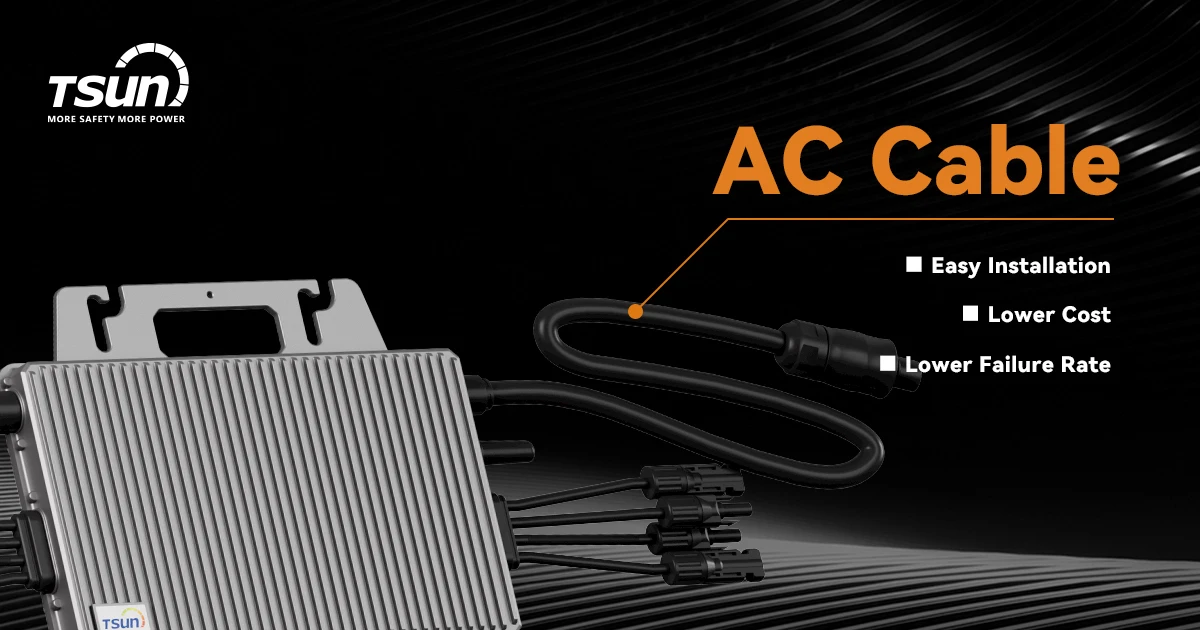
(solar energy storage system)
Understanding Modern Solar Energy Storage Systems
Renewable energy transformation increasingly relies on efficient solar energy storage systems that preserve photovoltaic-generated electricity during non-production hours. The global market for these solutions reached $14.8 billion in 2023, projected to expand at 14.5% CAGR through 2033 according to industry analyses. Technological diversification has led to multiple classification of solar energy storage system approaches including electrochemical batteries (lithium-ion, lead-acid, flow), thermal storage, and emerging solid-state solutions. Commercial and residential adopters frequently consult comprehensive solar energy storage system pdf documentation to evaluate specifications before implementation, with professional solar energy storage system ppt presentations serving as valuable knowledge-transfer resources for engineering teams.
Technical Advantages of Contemporary Storage Solutions
Modern battery chemistries demonstrate remarkable efficiency improvements over predecessors. Lithium iron phosphate (LFP) configurations now achieve 95-98% round-trip efficiency compared to 80-90% in traditional lead-acid installations. Thermal stability enhancements allow operational ranges from -4°F to 140°F (-20°C to 60°C) without degradation. Contemporary systems incorporate predictive algorithms optimizing charge/discharge cycles, extending operational life to 15+ years while reducing levelized storage costs to $0.12/kWh. Modular architecture enables scalable deployment from 5kWh residential units to multi-megawatt utility installations with unified monitoring platforms providing remote diagnostics. The technological evolution documented in recent solar energy storage system ppt industry reports highlights significant improvements in thermal runaway prevention and grid-forming capabilities essential for microgrid stability.
Leading Manufacturer Comparison Matrix
| Manufacturer | Product Series | Capacity Range | Round-Trip Efficiency | Warranty Duration | Modular Scaling |
|---|
| Enphase | IQ Battery | 3.4-13.4kWh | 96% | 15 years | Stackable (up to 4) |
| Tesla | Powerwall+ | 13.5kWh | 92% | 12 years | Parallel support (up to 10) |
| LG Chem | RESU Prime | 11.6-16.7kWh | 94.5% | 12 years | Single unit only |
| Sonnen | ecoLinx | 12-30kWh | 95% | 15 years | Scalable by 4kWh |
Industry evaluations demonstrate installation flexibility variations significantly impact deployment timelines, with modular systems reducing commissioning time by 40%. Cost analyses reveal diminishing returns beyond 20kWh configurations for residential applications, while scalability becomes essential in commercial implementations where solutions like Enphase demonstrate exceptional DC-coupling advantages.
Customization Strategies for Varied Applications
Specialized solar energy storage system adaptations address distinct operational scenarios. Off-grid configurations require battery-centric designs comprising 4-7 days of autonomy provisions coupled with secondary generators. Residential applications increasingly adopt hybrid solutions with vehicle-to-grid capabilities and demand response management. Commercial implementations demonstrate the most significant financial benefit with peak shaving applications generating 32% average utility cost reductions according to NREL case studies. Industrial microgrid designs emphasize three-phase compatibility and seamless transfer switching during grid disconnection. Performance metrics indicate properly configured systems achieve 98.7% uptime in controlled environments and reduce grid dependency by 78% in temperate climates. The classification of solar energy storage system approaches frequently documented in technical solar energy storage system pdf guides remains essential for selecting between AC-coupled, DC-coupled, or hybrid topologies.
Implementation Success Stories
The Kaiser Medical Center installation in California showcases a 2.4MW/4.8MWh battery system integrated with existing photovoltaic infrastructure. This implementation provides eight hours of critical operation during outages while reducing demand charges by $380,000 annually. Residential adoption patterns reveal interesting economic results: Arizona homeowners achieved 91% grid independence using 26kWh storage capacity with 11kW solar production. European manufacturers report 27% operational savings from combining storage with demand response programs. The most remarkable case comes from the Maldives, where solar-plus-storage microgrids reduced diesel consumption by 93% across 12 islands while maintaining 99.98% power reliability – performance data thoroughly documented in publicly available solar energy storage system case studies.
Evolutionary Trends Shaping the Industry
Material science breakthroughs promise transformative changes as solid-state batteries advance toward commercialization with laboratory prototypes demonstrating 15% higher energy density and enhanced thermal stability. Software innovations incorporate AI-driven optimization engines that enhance forecasting accuracy by 22% over conventional algorithms. The industry observes increased standardization with protocols like SunSpec easing interoperability concerns between manufacturers. Recyclability improvements have emerged as a critical focus area with contemporary solutions achieving 96% material recovery rates. Regulatory development accelerates globally with the US Inflation Reduction Act establishing new tax credit structures while Europe's updated Energy Storage Strategy prioritizes grid-support functionality. These developments are comprehensively detailed in numerous solar energy storage system ppt presentations issued by research institutions.
Final Considerations for Adopting Solar Energy Storage Systems
Organizations should prioritize modularity and interoperability when selecting solar energy storage systems, considering both current requirements and future expansion capabilities. Financial modeling must include projected utility rate structures rather than historical averages, particularly when targeting demand charge reduction. Regulatory compliance represents another fundamental consideration as fire safety certifications like UL 9540A become mandatory across numerous jurisdictions. Implementation partners should demonstrate validated commissioning experience specifically with proposed equipment classifications. Technical documentation including manufacturer-provided solar energy storage system pdf manuals typically specifies essential details regarding compatible configurations and maintenance requirements crucial for operational longevity. Available evidence confirms professionally implemented systems deliver 19-36% ROI in commercial applications under current market conditions.

(solar energy storage system)
FAQS on solar energy storage system
Q: What is a solar energy storage system?
A: A solar energy storage system captures and stores excess solar energy generated during sunny periods for later use. It enhances energy reliability by providing power during nighttime or grid outages. Components include batteries and control systems for efficient energy management.
Q: How can I find a PDF document on solar energy storage systems?
A: Search for "solar energy storage system PDF" on reputable platforms like government websites (e.g., U.S. DOE or EU energy agencies) or research databases like Google Scholar. Many educational institutions and manufacturers offer free downloadable PDFs with detailed specifications. You can also access academic papers for in-depth technical insights.
Q: What are the classifications of solar energy storage systems?
A: Solar energy storage systems are classified by storage method, such as chemical (e.g., lithium-ion batteries), thermal (using heat), mechanical (e.g., flywheels), and electrochemical processes. They can also be categorized based on scale, like residential, commercial, or utility-level installations. These classifications help tailor systems to specific energy needs and durations.
Q: How do I create a PowerPoint presentation (PPT) on solar energy storage systems?
A: Start with slides outlining key topics like system components, benefits, and classifications. Include visuals like diagrams from reputable sources to explain storage mechanisms. Close with case studies or future trends, using PPT templates to ensure the presentation is engaging and data-rich.
Q: What are the benefits of installing a solar energy storage system?
A: Installing one reduces electricity costs and provides backup power during grid failures. It maximizes renewable energy use, lowering carbon emissions and dependency on fossil fuels. This system also promotes grid stability and energy self-sufficiency for homes and businesses.
 LEARN DETAILS
LEARN DETAILS



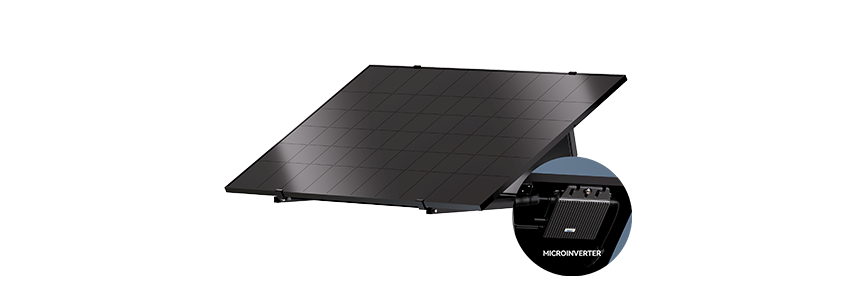

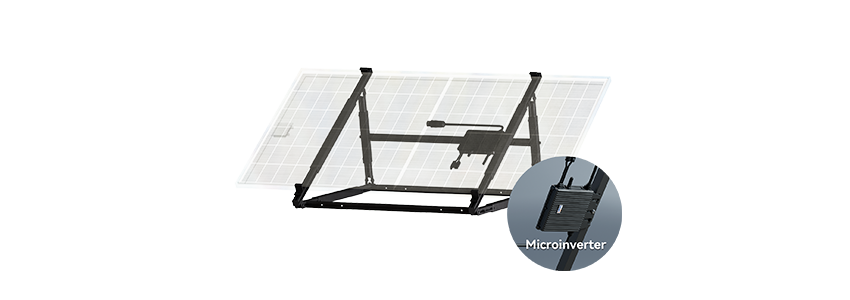
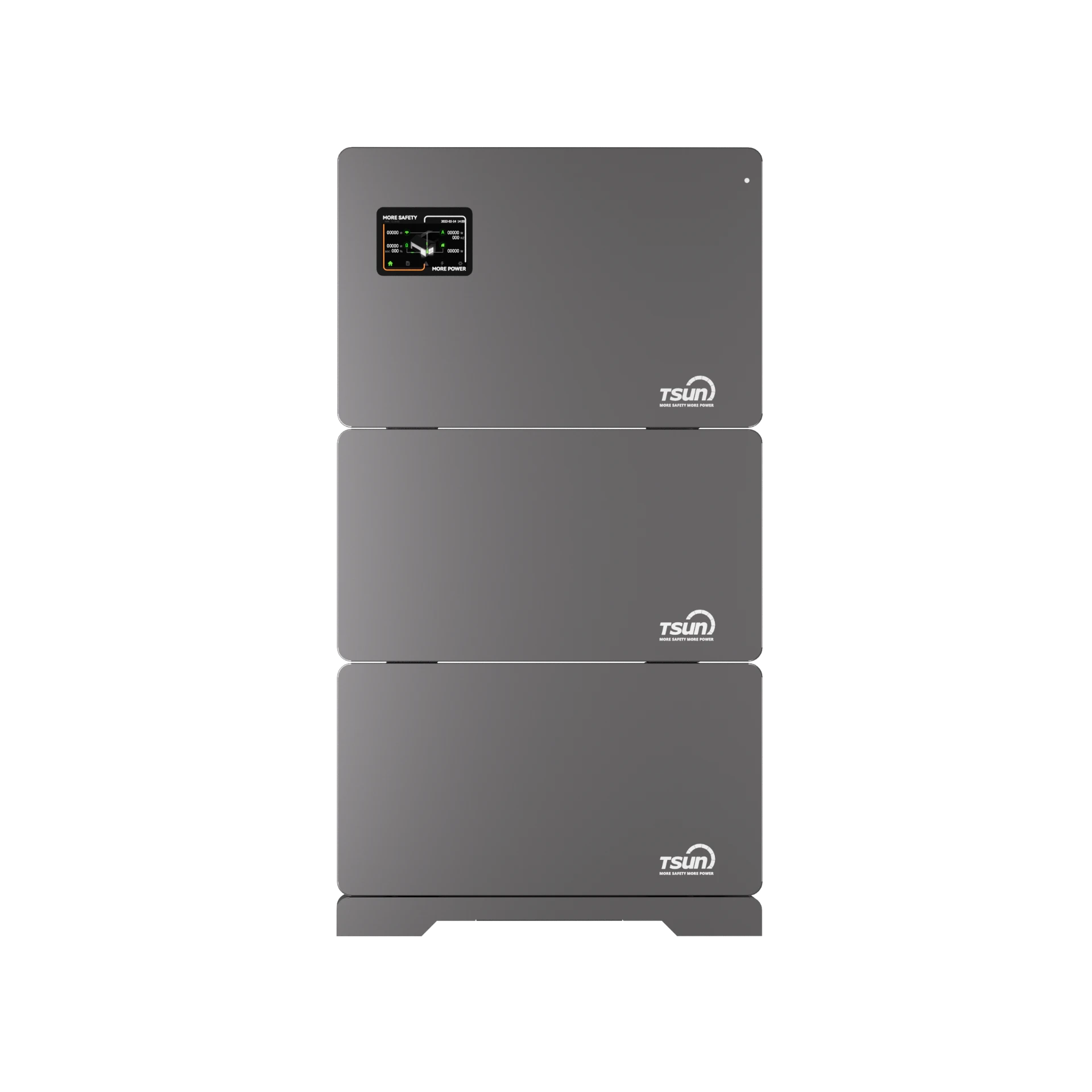




 LEARN DETAILS
LEARN DETAILS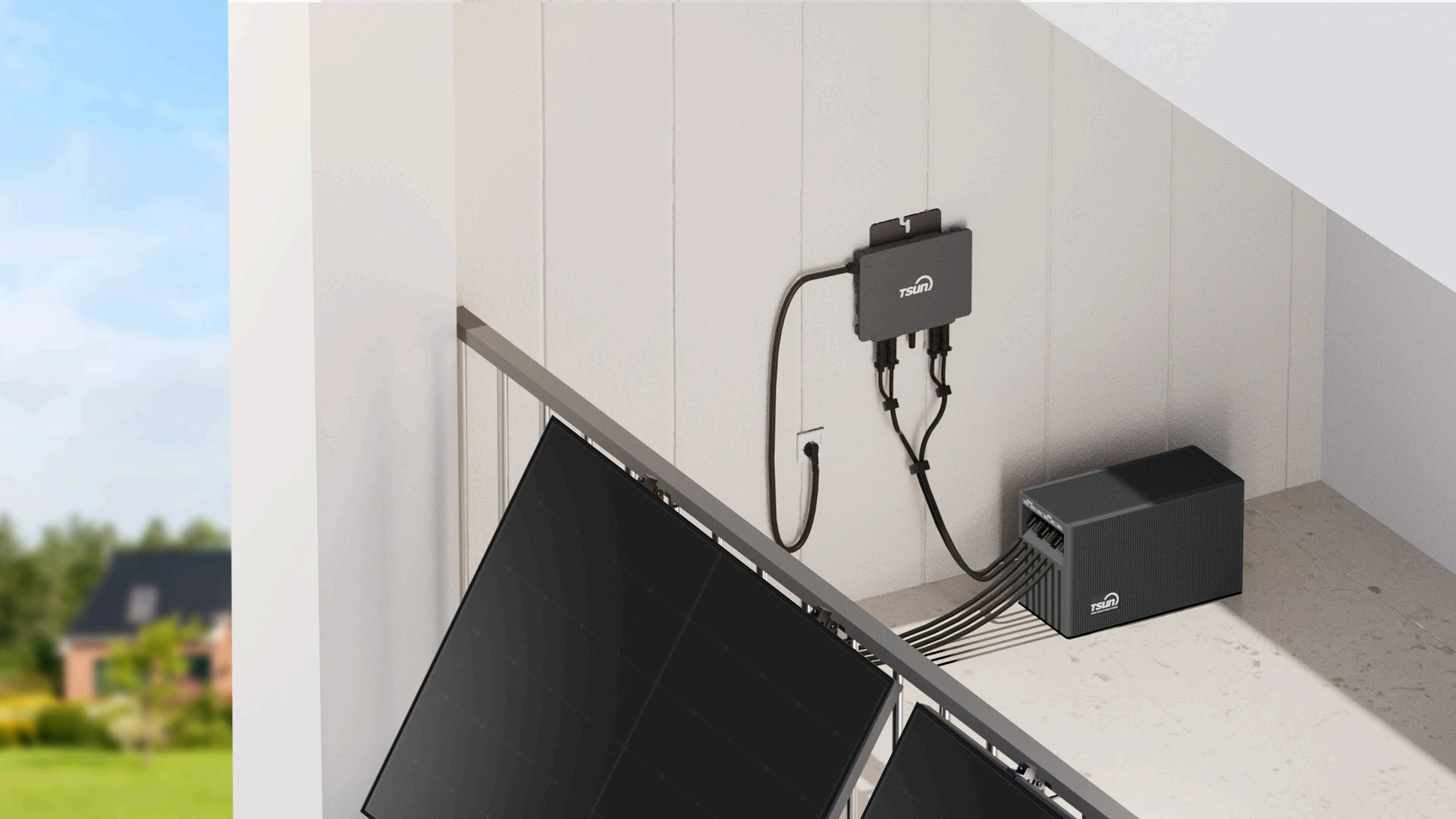
 LEARN DETAILS
LEARN DETAILS
 LEARN DETAILS
LEARN DETAILS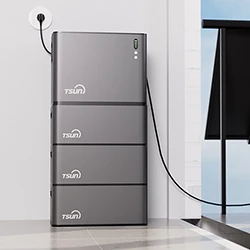
 LEARN DETAILS
LEARN DETAILS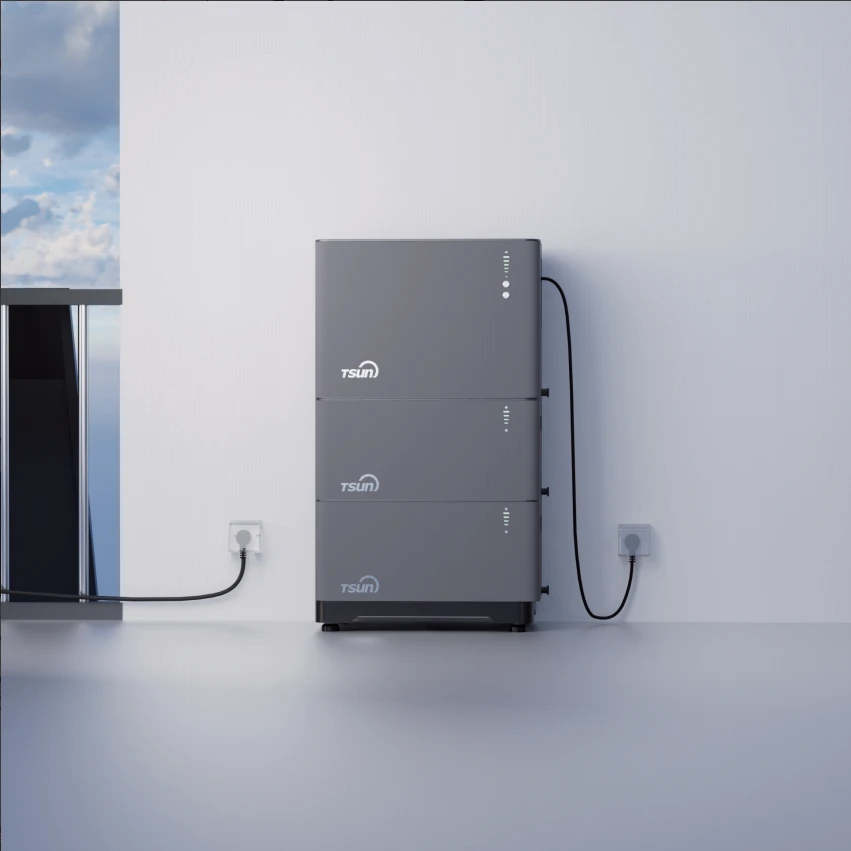
 LEARN DETAILS
LEARN DETAILS

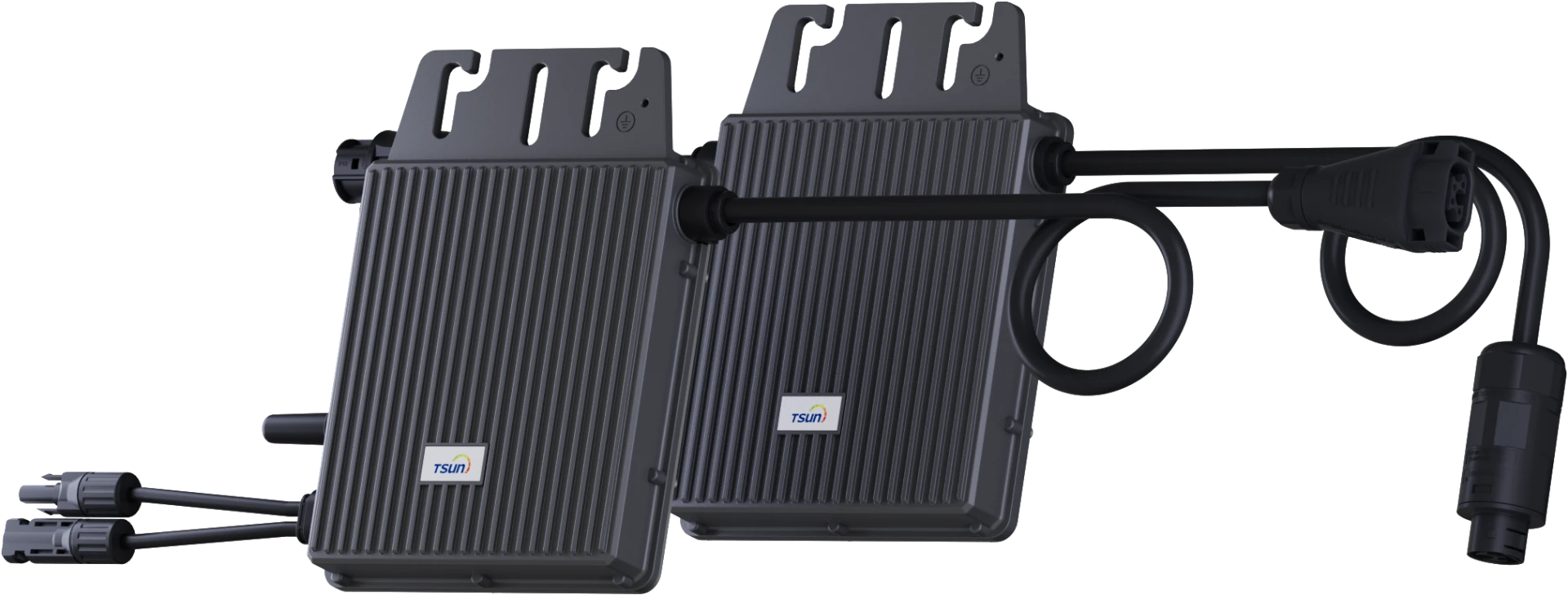

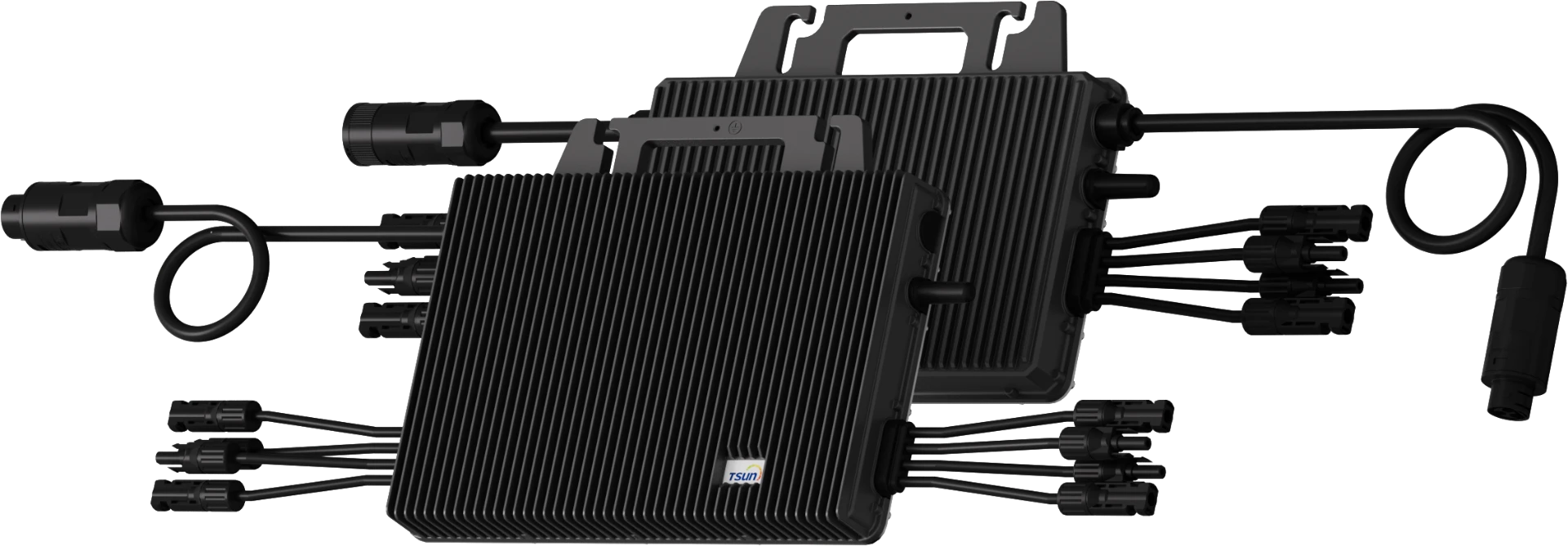
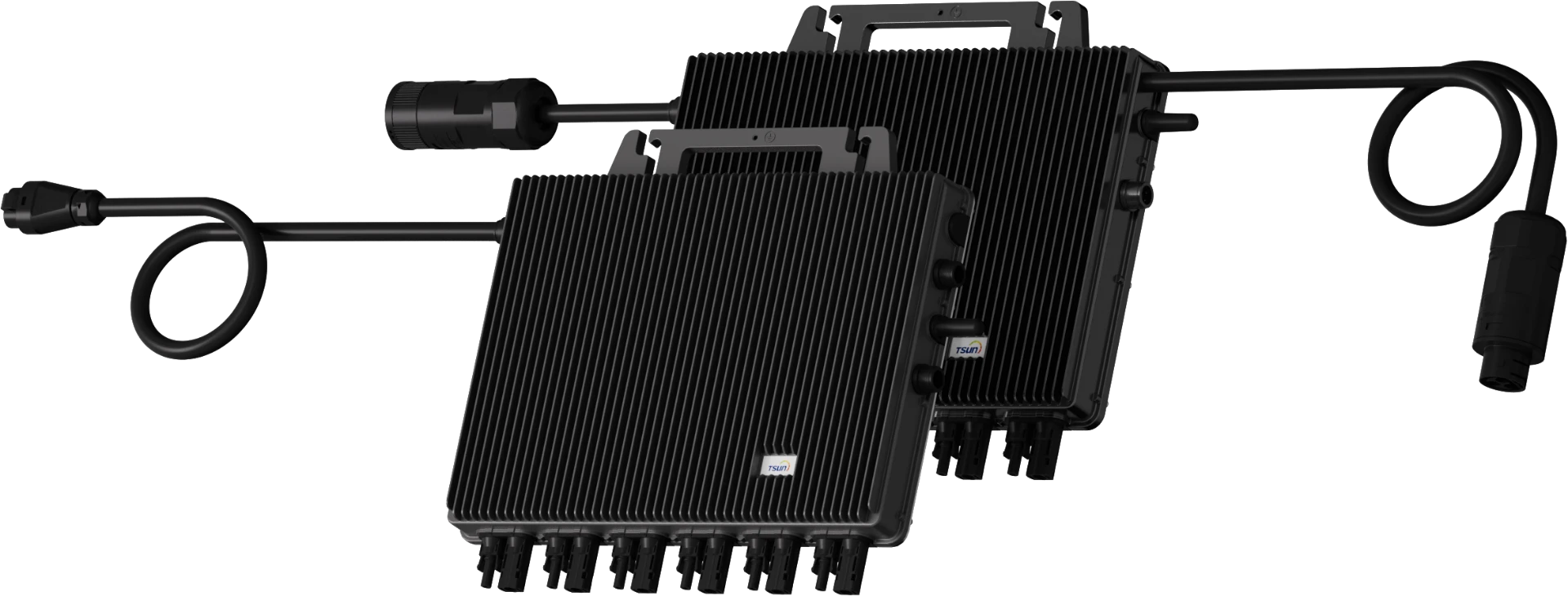
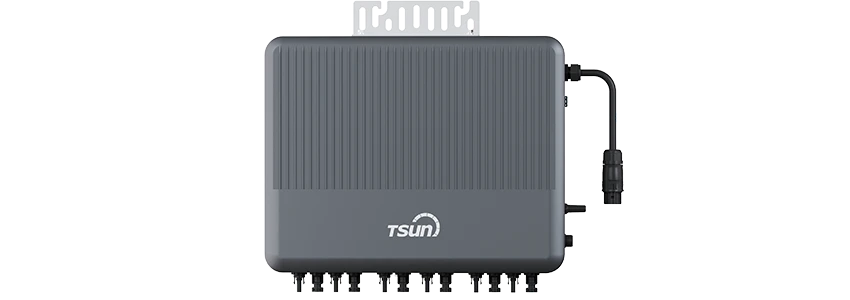
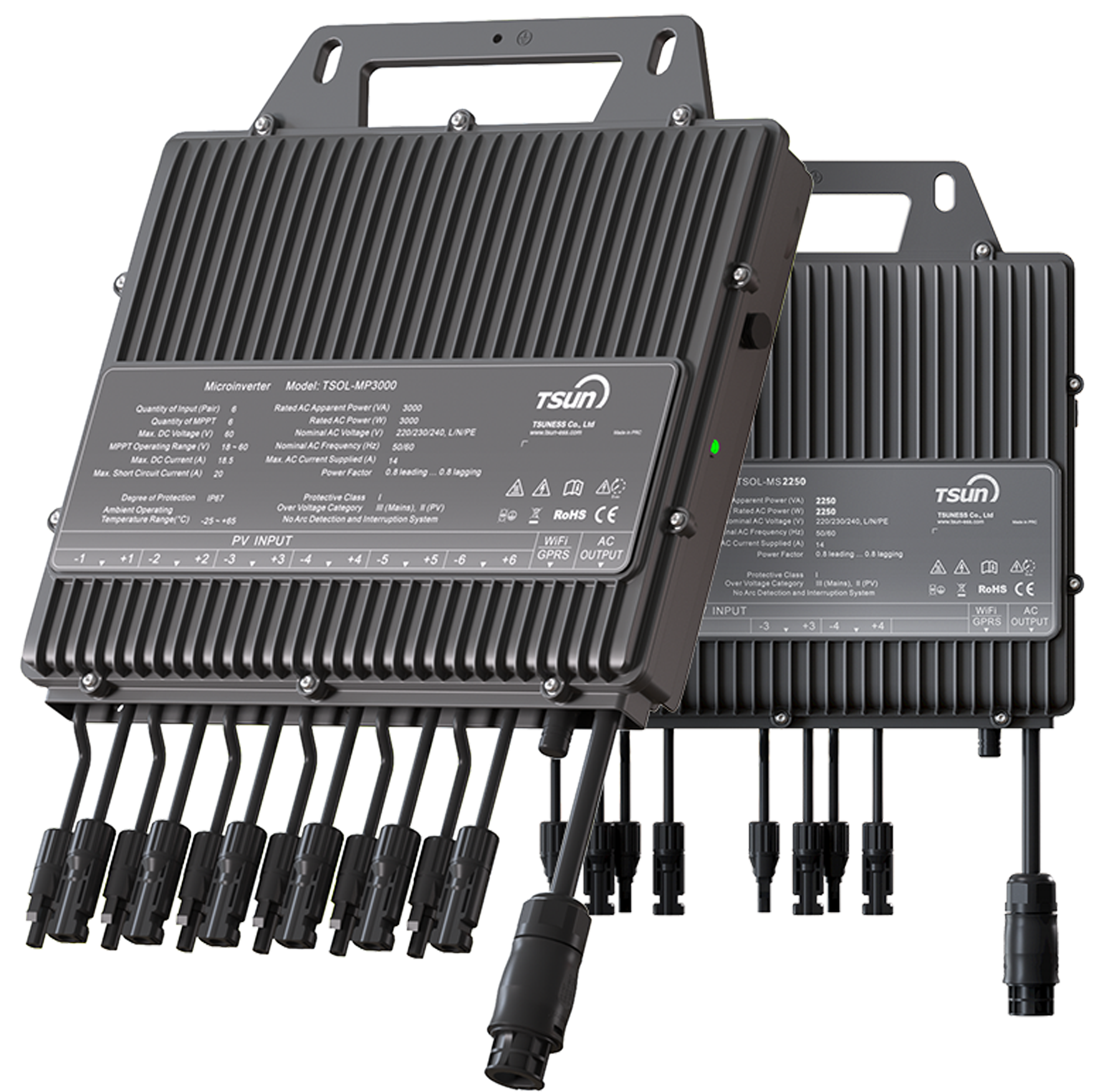

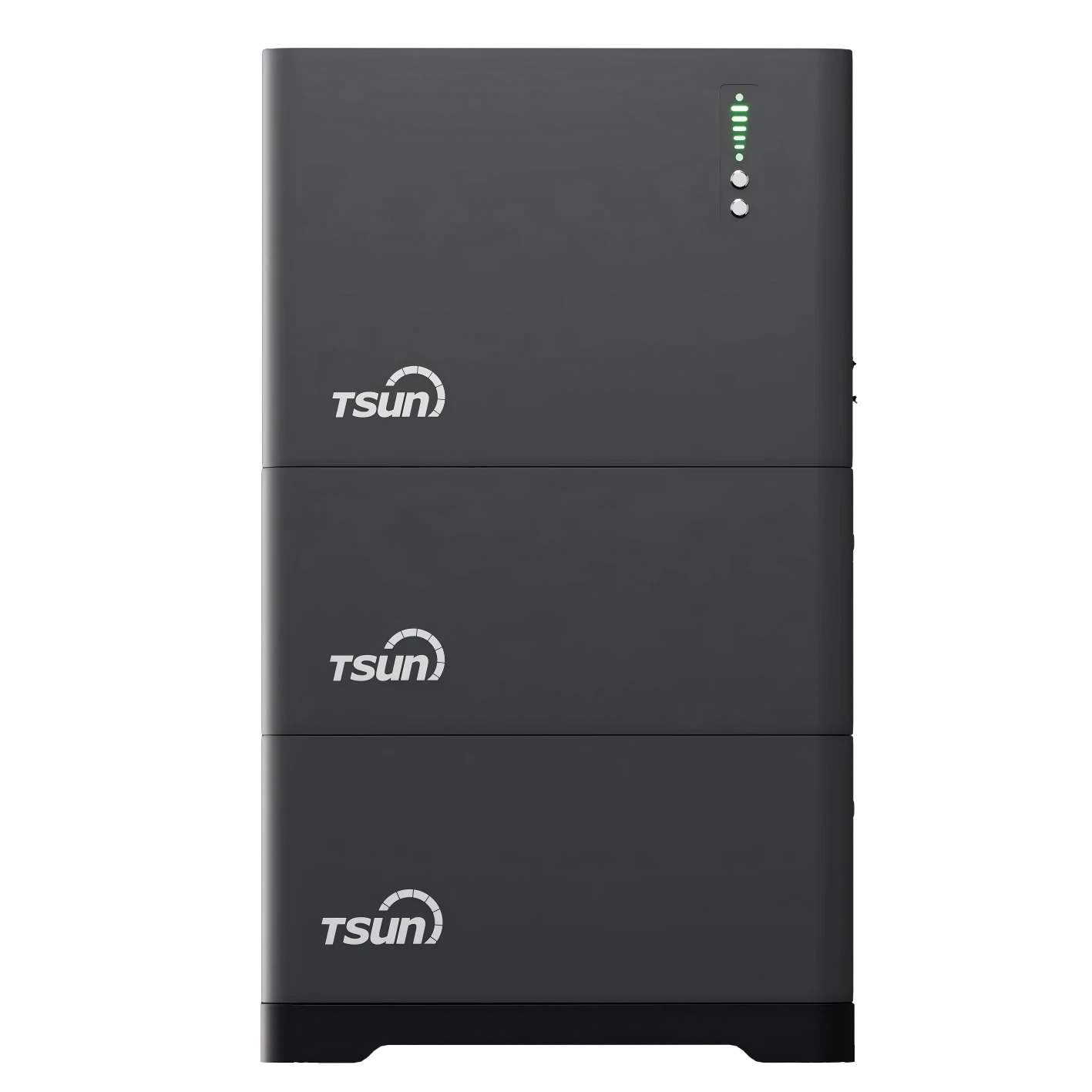
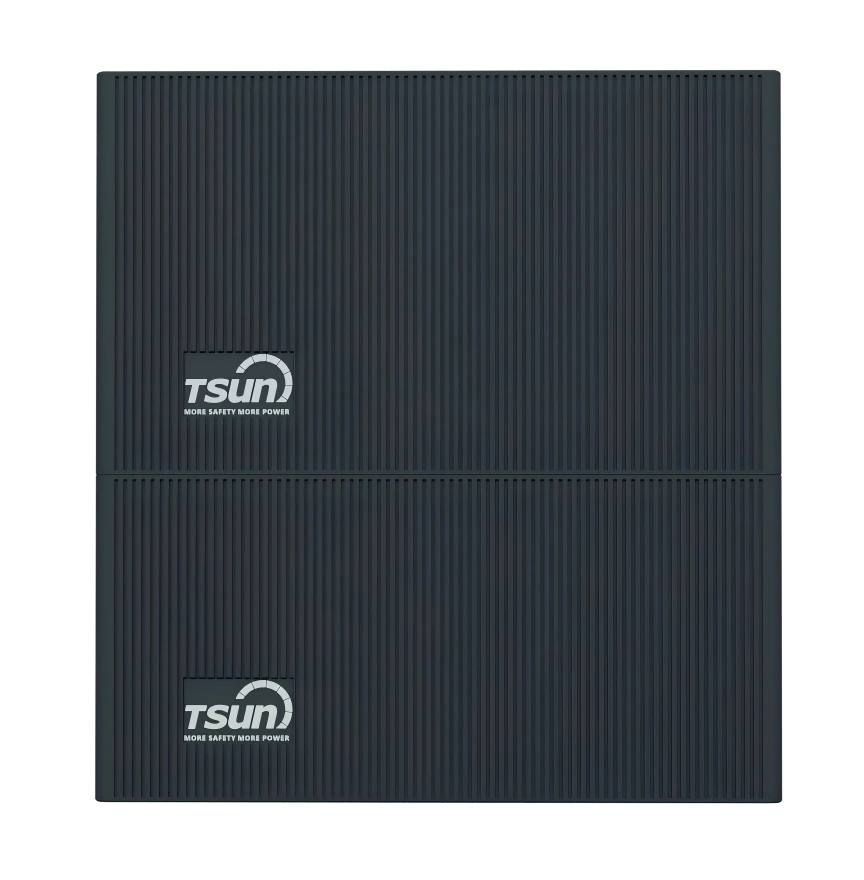



 Downloads
Downloads Video Center
Video Center Report Fault for Repair
Report Fault for Repair FAQS
FAQS Service Network
Service Network Privacy Policy
Privacy Policy Contact us
Contact us Monitoring
Monitoring




 LEARN MORE
LEARN MORE








